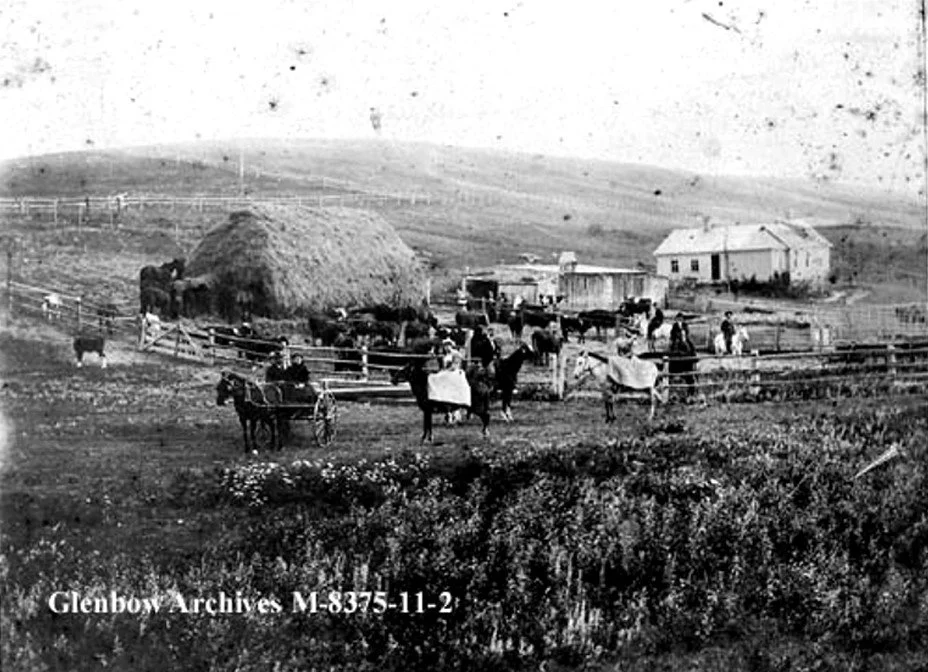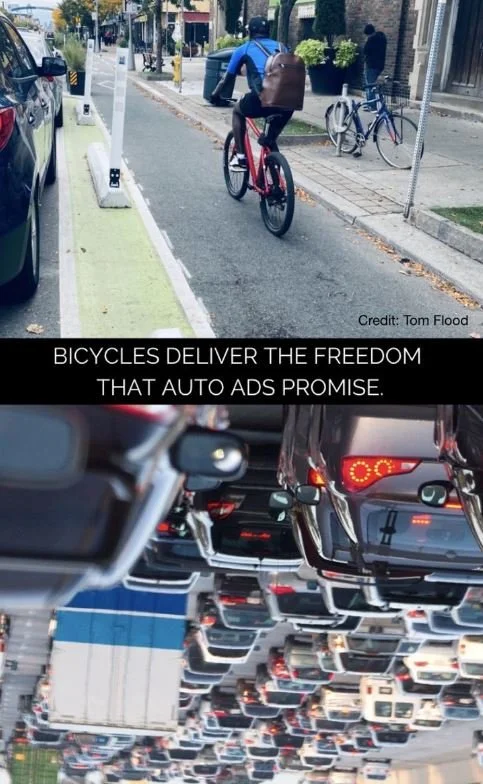Submitted by Christie Page
Our inner-city neighborhoods are walkable places where the residents are out interacting with the landscape around them on a regular basis. Some spaces are community spaces, like parks for gathering. Some spaces are private spaces, like fenced in yards. There are spaces in between that are private but public facing, like front steps or garage doors.
When you walk along a front street with boulevards and beautiful tree canopies you see the effort that homeowners put into making their homes feel welcoming. There are also big windows looking out, and doors that might open with people coming and going. The behavior you portray is somewhat based on knowing you might be seen. That very quickly you could end up face to face with another person.
Back alleys are different. They were built with service in mind, not connectivity. Alleys prioritize vehicles coming and going, along with garbage, recycling, and compost removal. If you were to walk down a back alley with a line of closed garage doors on either side of you, you might feel very alone. Green, Blue, and Black bins, Enmax poles, evenly spaced and not much else.
If you were someone who had nefarious intentions, you might be under the impression that this was a space full of opportunity. No one is around to challenge your actions; you could likely go unseen for a while. You might think to yourself, how could you use this situation to your advantage?
What might take away from this feeling? The obvious are things like lights that activate with motion but after a moment of stillness a criminal will know no one is actually, watching them. Bells on doors and gates that make it very hard to enter quietly can be a great deterrent. But what else can be done to deter bad behavior?
When you look down a back alley that has a garage door not blank and sterile, but with a mural painted on it, do you feel a pull to go take in the art? Others do. People from all over Calgary come to view Sunnyside's Garage Art Gallery. Could your garage door or fence be part of this effort and be a tool to dissuade crime?
Photo submitted by Christie Page. Visit the Sunnyside Art Crawl map to view the gallery right in our community.
Other things you might do is plant an apple tree or some rhubarb or raspberries in the alley inviting people to come help themselves. A bench giving neighbors a spot to sit is a great way to give the feeling that people gather here. A basketball net or a chalk board shows this space is for play. This space is not always empty. This space is not full of opportunity but is designed for the community. All these ideas make your home feel safer and more connected to the community at large.
Many cities around the globe have found that activating a space to welcome more eyes on the street is game changing to keeping criminal behavior at bay. This has been proven to work on a large scale. Could we here in Hillhurst and Sunnyside do this piecemeal, each making improvements to our own plots of land? We have already started and we would love you to be part of the change.
























